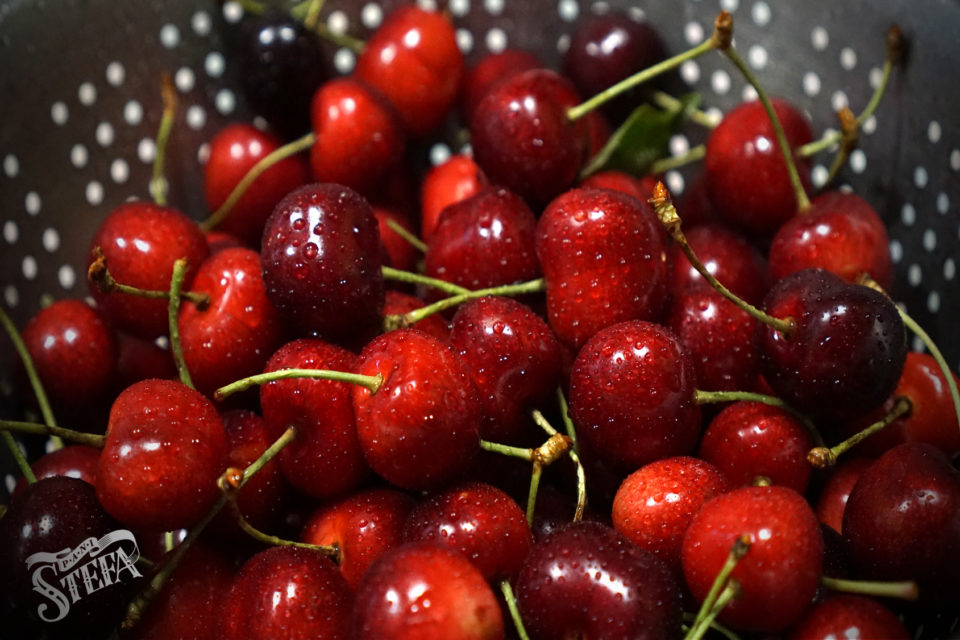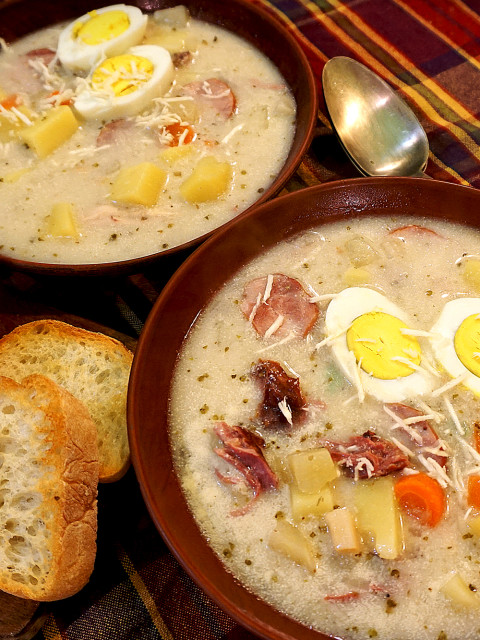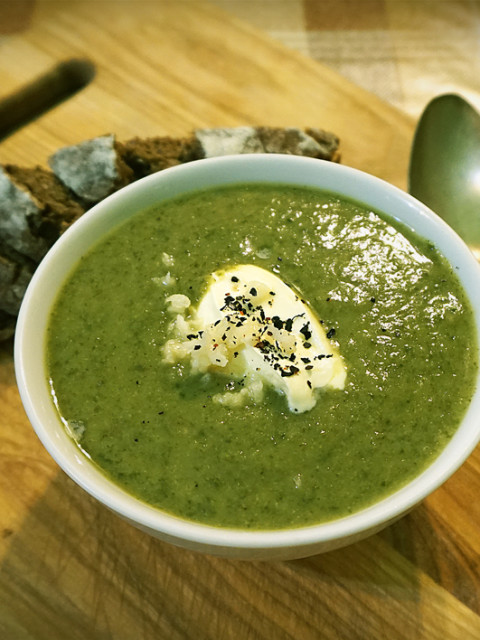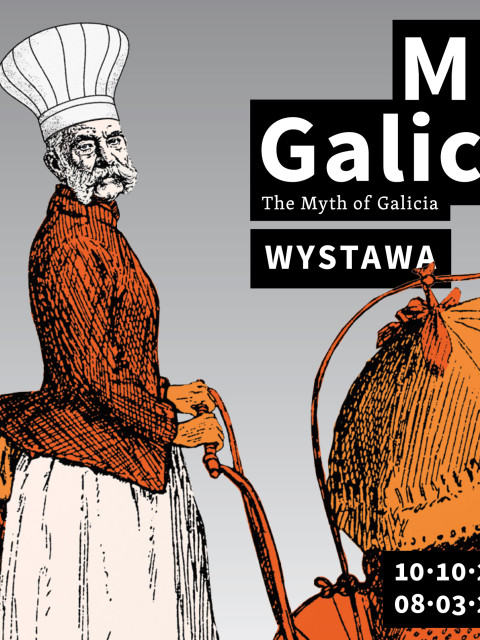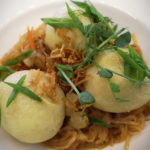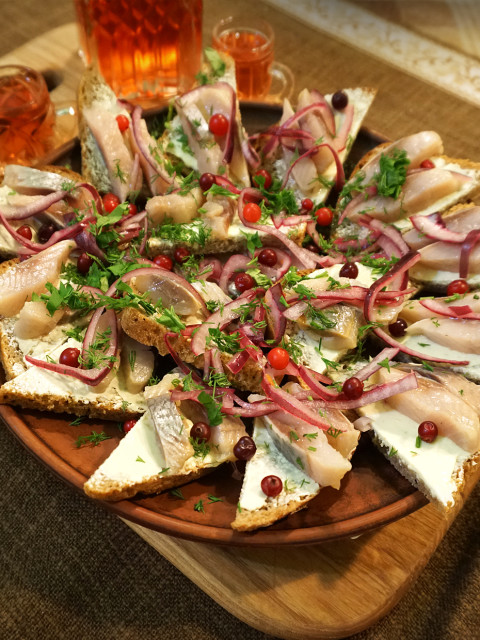Sweet cherries from Klepariv as a disappeared Lviv endemic
If you are from Lviv or its suburbs, then you probably heard how we call sweet cherries – “cherekhy”. I, for instance, now it from the childhood, because next to the fence in the garden there was a tree, which my grandad called “cherekha”. It had long reddish branches, as a cherry, but it was tall and wide, as a true sweet cherry, with a bark, smooth and silvery, with red gleam, in some places it was wrinkled. It brought fat big berries, which ripened later than usual cherries and sweet cherries. I have a suspicion, or, rather, a hope, that it was cherekha from Klepariv, famous Lviv endemic.
The story of Klepariv cherekha is for me as sad as a story of the dodo bird. Industry development, people’s careless – and that’s the end, we don’t have them anymore. That is why this time there will be no recipe, I will just talk with you a little bit.
Klepariv cherekha in a botanical sense is a cherry like a griot or a pie cherry, with dark red, almost black, big berries, characteristic “crusty” (*) flesh, with sweet-sour taste, with quite thick skin. Juice of griots and pie cherries has color, unlike amarelle. Cherekhy look a little bit like small butts – because a stem with berries is quite deep in them, that is why the berry itself turns out round and very pot-bellied.

Klepariv cherekha was cultivated already in the 16th century in Lviv suburb Klepariv, where on shallow sun-covered slopes were orchards, gardens and vineyards. Now these are slopes higher from Krakivskyi market, up over “Hytsleva mountain” up to Yanivskyi cemetery and to the side to a stadium “SKA”, and through a railway towards Varshavska street (**).
That’s what Krypiakevych writes about this place: “In 1608 in Klepariv were 16 landlords, 17 migrants, a yard with a farm, two mills, three lakes, three city vineyards and equipment for making a cloth whiter. In 1793 a village had 82 houses”.
It is said in the book that Klepariv cherekha – is a result of an artificial crossing of cherries and sweet cherries by a gardener from Klepariv. Though, as I think, it could be an accidental natural hybrid, which turned out so good that later it was consciously and methodically grown. So, already in 1555 Lviv magistrate issued a decree not to destroy, but vice versa – to cultivate cherekhy.
In 1792 Yohan Kraft in Pomona Austriaca “scientifically” mentioned Klepariv cherekha for the first time and gave it biological description. Already at the beginning of the 19th century, in 1831, it became famous in Anglophone culture, to be precise in “A catalogue of the fruits cultivated in the garden of the Horticultural Society of London”, as Griotte de Kleparow. It became cultivated in Europe and the New World, it was especially valued for making jellies and juice.
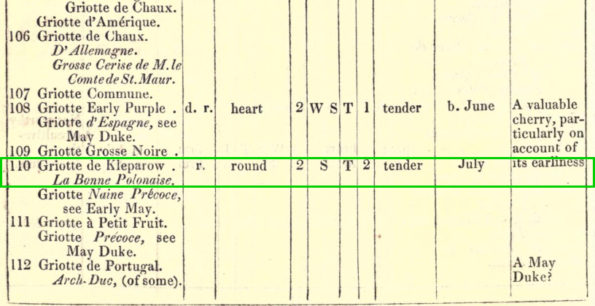
In the USA, in 1837, a catalogue for gardeners sold cherekhy per 0.75 – 1.00 USD per a tree, and in a description were mentioned endurance to frigid climate, trees’ small size, and they praised berries in every way, saying that they are “best for tarts, wine and preserves”. In England in 1842 Klepariv cherekha is also widely advertised for growing and praised for berries’ quality.
But when Lviv became wider and developed industrial areas, growing of cherekhy regressed. The railway from Dvirets to Pidzamche also got its two cents worth in it. Gardens in Klepariv gradually started to get neglected, buildings were built there and cherekhy disappeared.
About Klepariv cherekhy and their frustrating disappearance writes also Lviv history scholar from the beginning of the 20th century Frantsishek Yavorskyi:
“Klepariv cherekhy were substituted by the railway. The commission of former Brody railway paid 120 guldens per one tree. But it was nothing for owners for whom such a tree brought cherekhy as big as a walnut, which were famous in Paris and, without exaggeration, in whole Europe.
With clatter of the first train from Pidzamche to Main Dvorets, it all disappeared. Klepariv cherekhy degraded and garden art never ever managed to revive this Lviv peculiarity. People say that smoke from steam engines prevented them from growing – but who, actually, knows how it was…”
In other words, if I understand correctly, the railway should have passed through the gardens as well and the railway compensated cost of trees to gardeners…And nobody really cared about those trees which were left.
Anyway. Spoiled my mood.
Photo from the book is from here.This is not cherekha, from the look of it, but the book is the one in which Klepariv cherekha was first described by Yohan Craft.
While writing of this eulogy Wikipedi syffered a little and several web-sites, in particular Фотографії старого Львова. (Old Lviv photos)
On the picture on the right are, unfortunately, not Klepariv cherekhy. Just sweet cherries from a market.
(*) by the way, do you know that sweet cherries are sometimes called “hrustavky” (crusty things)? Don’t be afraid to look up the unknown in a dictionary.
(**) There, near Varshavska street, right behind the railway, still is Vyshneva Street (Cherry Street), and I doubt that this place name is without a reason.

